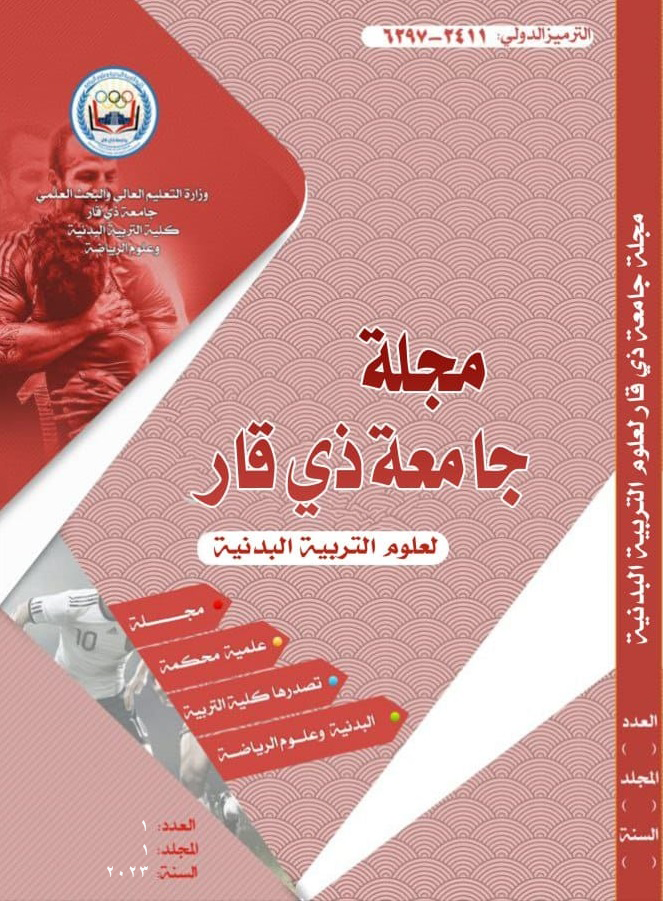The relationship of some kinematic projectile variables to the distance lost over the bar and the percentage of their contribution to digital achievement using artificial neural networks in the effectiveness of the high jump
DOI:
https://doi.org/10.32792/utjspe.v2i1%20الجزء%20الاول.408Abstract
The objectives of the study were to design a kinematic model using artificial neural networks of the kinematic projectile variables at the distance lost above the bar and according to the classification of the different heights of digital achievement and the percentage of their contribution to digital achievement in the effectiveness of the high jump and the lowest error rate and to predict the values of the most important kinematic projectile variables at the distance lost above the bar and according to the classification of the different heights and the percentage of their contribution to digital achievement in the effectiveness of the high jump. The research hypotheses included the possibility of predicting the values of the most important kinematic projectile variables at the distance lost above the bar and the percentage of their contribution to digital achievement In the effectiveness of the high jump, it is possible to design a model based on the variables of the kinematic projectile, the distance lost above the bar and according to the classification of the different heights and the percentage of their contribution to the digital achievement in the effectiveness of the high jump. With the lowest error rate, the descriptive approach was used in the method of correlational and comparative relationships to solve his problem. The researcher chose the research community, which are the fourth stage students in the Faculty of Physical Education and Sports Sciences – University of Qadisiyah for the academic year (2023-2024), and their number (264) students after excluding the students, where the final number became (187) samples. Then, the research sample was selected in a random way and by lottery method, which was represented by two divisions( D and F) and their number (60) laboratories after performing each sample Three attempts at different heights (1.45 cm, 1.50 cm,1.55cm) where the total number of observations (180) of the sample, the researcher conducted two tests (the first test) to pass the beam (from the beam to the highest height of the center of gravity of the sample body (the missing distance) in the effectiveness of the high jump and the goal of the test(calculating the distance measured from the bottom of the point of the jumping hip to the highest point of the upper edge of the beam) and that the method of performance The sample stands on the start line of the high jump event and performs the technical stages of the event and then passes the beam so that the sample runs in balanced rhythmic steps and then rises and passes the beam and the height of the sample above the beam is calculated (the distance lost above the beam). Each sample is given one attempt at each of the different heights. The distance measured from the bottom of the hip point of the hopper to the highest point of the upper edge of the beam is calculated. (Second test) The beam passes from the ground to the highest height reached by the body above the beam in the high jump event. The goal of the test is to calculate the height of the body of the sample above the beam from the ground to the highest height of the hip point above the beam and the method of performance(standing The sample is on the start line of the high jump event and the sample performs the technical stages.
Downloads
Published
Issue
Section
License
Copyright (c) 2025 University of Thi-Qar Journal for Sciences of Physical Education

This work is licensed under a Creative Commons Attribution 4.0 International License.









